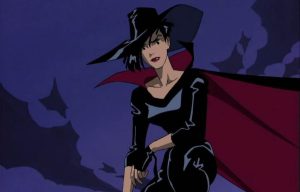Star Wars: Clone Wars (2003-2005): Star Wars Meets Samurai Jack
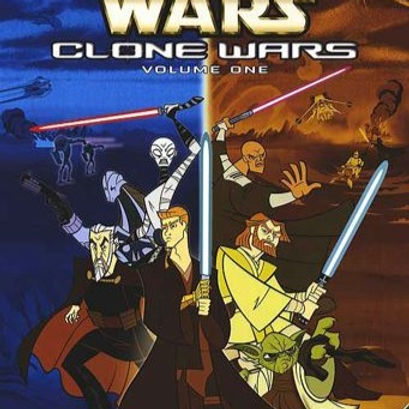
In 2003, a year after Attack of the Clones, Lucasfilm had a noble idea: they needed more toys. Oh yeah, they also would’ve liked something to tie into the next film. So they went to Cartoon Network who gave them Genndy Tartakovsky, the creator of Dexter’s Laboratory (1996-2003) and the legendary Samurai Jack (2001-04, 2017). With Tartakovsky at the helm, Star Wars: Clone Wars was made.
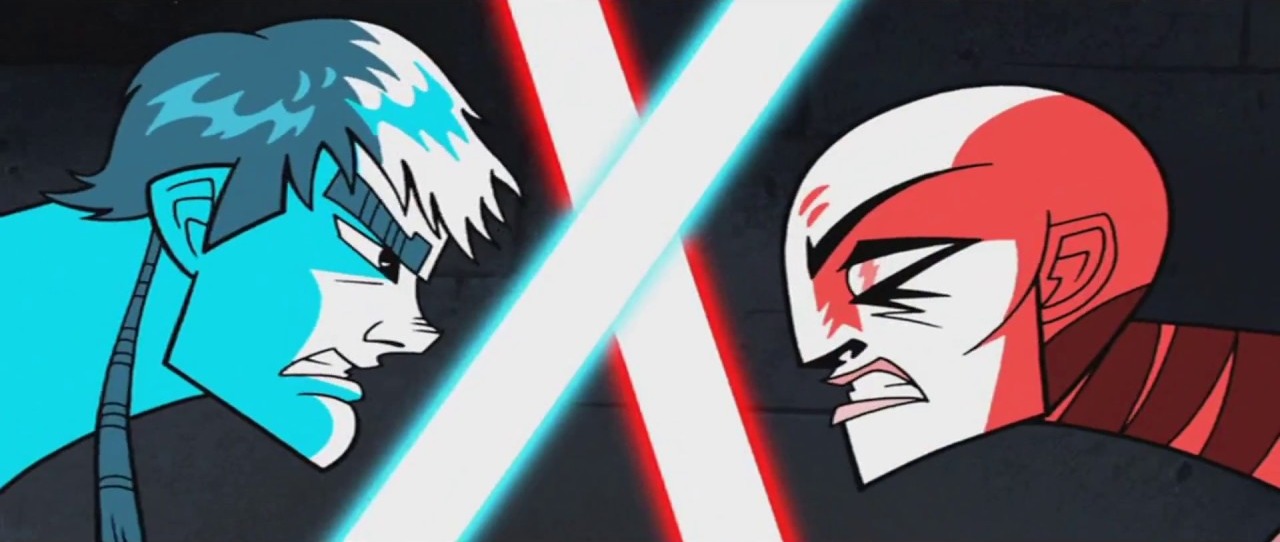
Tartakovsky’s Star Wars: The Clone Wars explores the war between the Republic and the Separatists, with the Republic using a clone army against the Separatists’ droid army. Numerous battles are fought between the two forces, with the Republic winning some, and the Separatists winning others. During the war, many formidable foes for the Republic and Jedi Order arise, such as the Jedi-killer General Grievous and the bounty hunter Durge. Meanwhile, Anakin becomes more powerful as a Jedi knight and gains more fame and glory during the war. Despite this, He wants nothing more than to be with his wife Padme. During the climax of the war, General Grievous and a large droid army attack the Republic’s capital, Coruscant. While the droid army is busy fighting the clones and Jedi Order, Grievous uses this opportunity to kidnap Chancellor Palpatine.
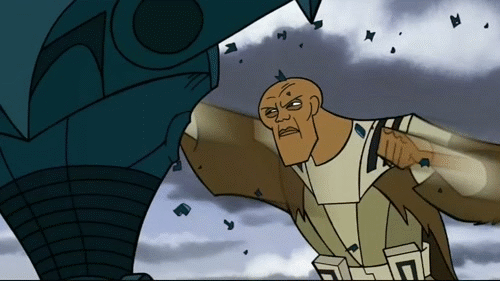
This limited series helped expand the Star Wars lore behind the Clone Wars mentioned in A New Hope (1977). For example, the show goes to show us more of General Grievous, showing his unorthodox combat style and explains why Grievous coughs a lot in Revenge of the Sith (2005). I loved how much of an unstoppable force he seemed to be in the series, and I was sorely disappointed when the 2008 Clone Wars nerfed him. Additionally, 2003’s Clone Wars also introduced us to popular Star Wars characters, such as Asajj Ventress, Dooku’s Sith apprentice who would become a recurring character in the 2008 series.
Lastly, I can’t forget to mention the beautiful animation style of the show. The show’s animation was so good, it won 3 Emmy Awards, 2 being in animation. Genndy Tartakovsky is a true visionary who manages to combine both realism and surrealism with his art style. I love how the blaster bolts fire like bullets, and how the character movements all look very fluid. The style allows for things that would require absurd levels of effort in film to be done with less hassle and more frequency, from the Jedi’s graceful combat style, along with Grievous’ more chaotic attack patterns.

The animation is also very reminiscent of the style seen in Tartakovsky’s other work, Samurai Jack (2001-04, 2017). This is fitting, since he was working on it at the time, and that samurai films were a major influence on Star Wars. The style also allows us to see more of Star Wars’ aliens, who are always sidelined in the main films due to budget, costumes, makeup, and special effects.
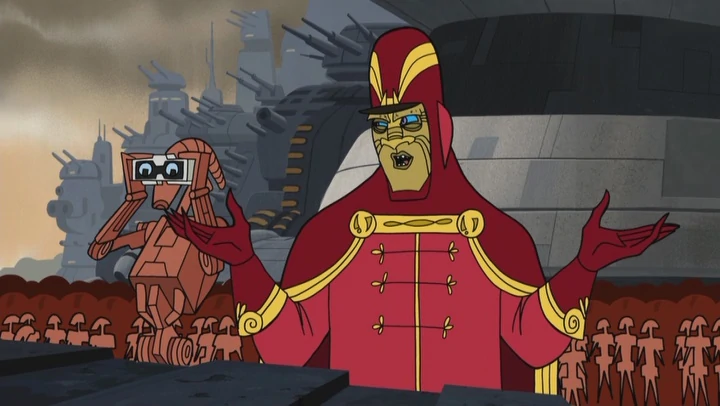
Another thing that was carried over from Samurai Jack is its lack of dialogue and focus on visual storytelling. Of the 25 episodes made, around 10 have very few lines of dialogue, with 4 of those having no dialogue at all. Even with the more dialogue-heavy second half, it has many silent or near silent sequences. It honestly isn’t really that dialogue heavy compared to even the most average children’s show that came out then or even today.

The actions and emotions of the characters are clear, always being shown what the characters are feeling and how skilled they are as well. Story beats that would be said with words in most shows are instead done through action here. This is best shown with the ARC troopers in episode 3, which has about 1 or 2 sentences in the whole episode. The rest consist of the leader, Captain Fordo, silently and efficiently giving out orders purely through hand signals. Finally, while taking a backseat, the actual dialogue is actually pretty good, being used to further develop the character relationships and gives us many of the show’s best jokes.

Perhaps the one thing I would have liked is if the series were longer. 2003’s The Clone Wars feels like a feature length film rather than an animated series. I would have liked if it took its time to really expand on not only the lore, but also the politics of Star Wars. George Lucas laid the groundwork for the political climate in the Galaxy, with mixed results in the prequels, but never delved too deep into the politics. Another thing I would like is to introduce some more unknown Jedi. The animation team created some really cool designs of Jedi, but they don’t give them any names (that are ever stated in the show itself).
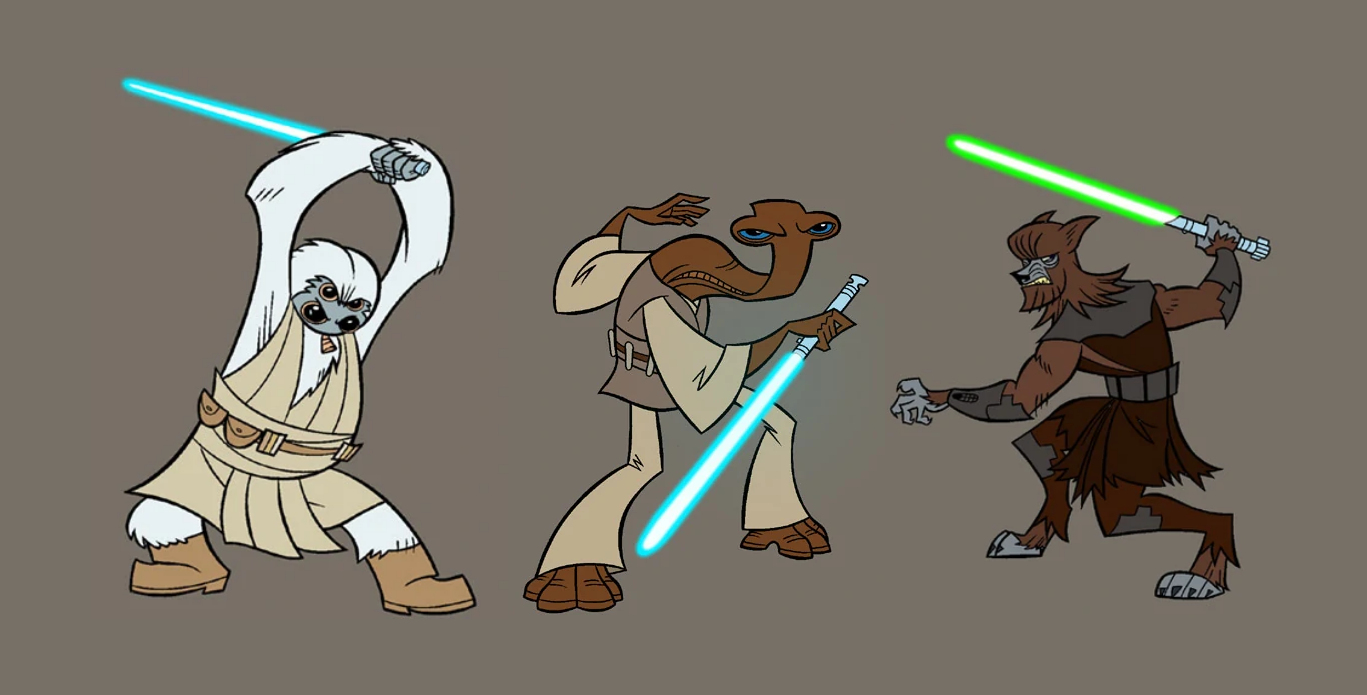
Overall, 2003’s Star Wars: The Clone Wars is a fun and stylish series with sleek animation and epic fight scenes. While it has a few small issues, namely its runtime, it more than makes up for it with its storytelling, character designs, and timeless animation. Despite being retconned and overshadowed by its 2008 successor, 2003’s The Clone Wars did its best to explain the events of the Clone Wars with a limited runtime. Go check it out if you want a blast of nostalgia and see why so many in the Star Wars fan base hold it in such high regard!
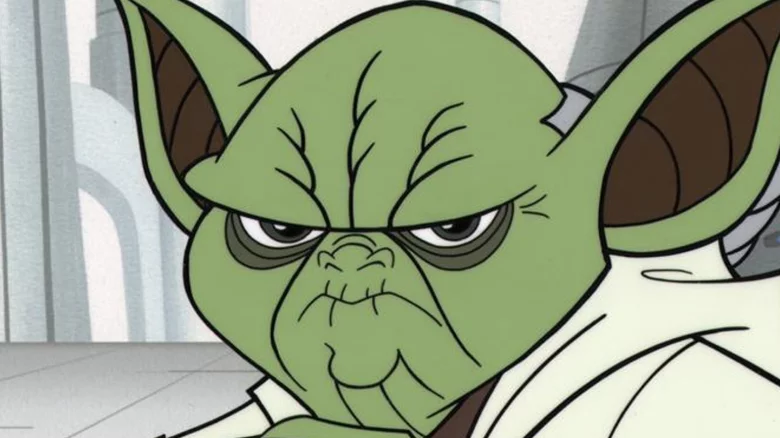
Co-Written By: Owen Gonzalez







